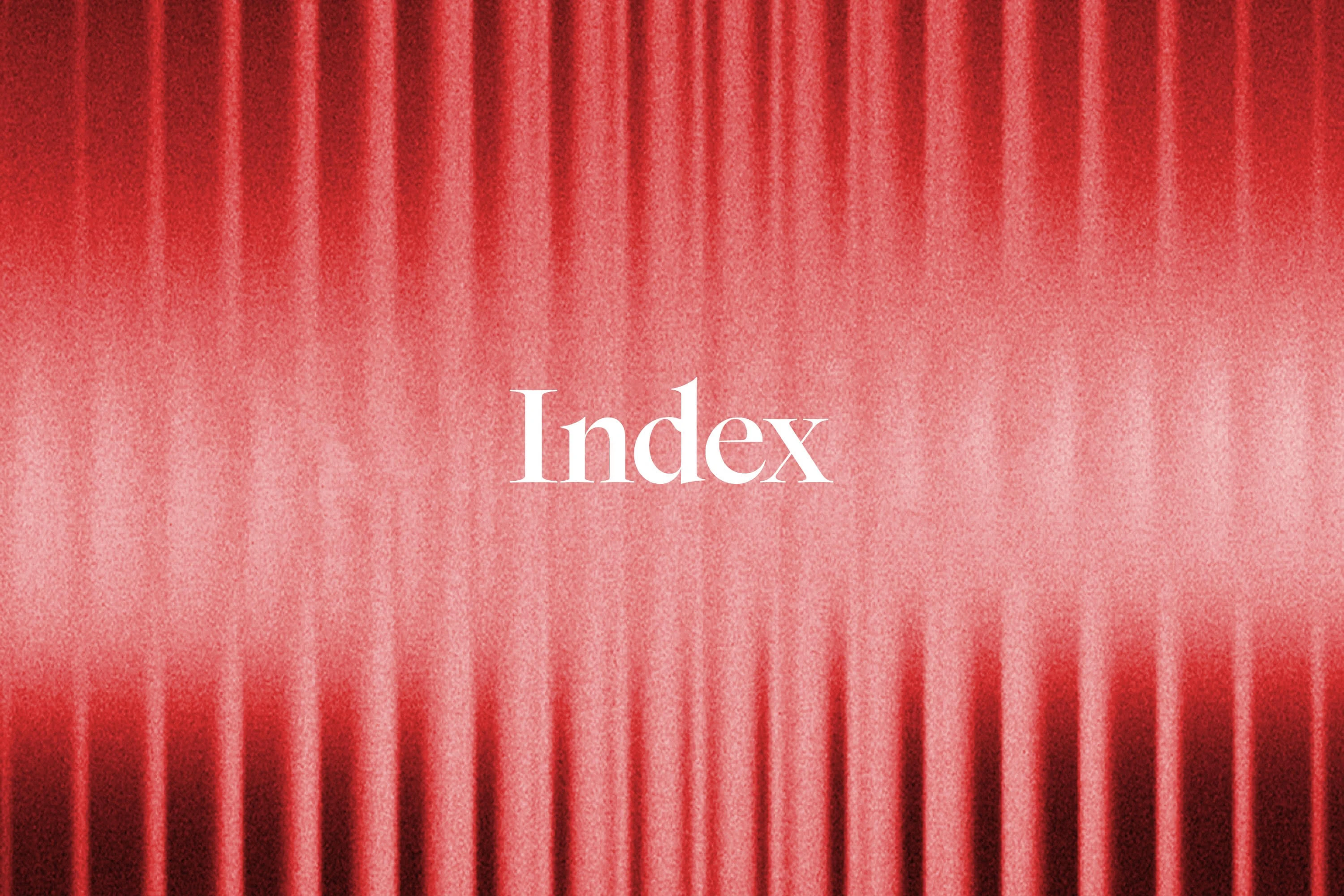Stock index: EURO STOXX 50 stocks
Eulerpool has compiled a list of stocks in the EURO STOXX 50 index for you. The characteristics and structure of this index will be explained below.

Access the world's leading financial data and tools
Subscribe for $2 General Information
The EURO STOXX 50 contains the 50 largest companies from the Euro currency area. Therefore, companies from countries such as Switzerland or Sweden are not included in the index.
The most valuable corporation in the index is the French luxury goods manufacturer LVMH with a market capitalization of 410 billion euros in January 2022. At the other end of this list is the company Flutter Entertainment with a value of 27 billion euros.
This index is calculated by the stock exchange "STOXX Ltd.", which is located in Zurich. This is a subsidiary of the Deutsche Börse. Companies from Germany (15 in total) and France (17 in total) are by far the most frequently represented nationalities in the index.
Master data
| Country | Eurozone |
|---|---|
| Stock Exchange | STOXX |
| ISIN | EU0009658145 |
| ISIN Anzeigen Kurs Tageshoch Tagestief Vortag Eröffnung 52 W. Tief 52 W. Hoch Volumen Marktkapitalisierung Dividendenrendite Geschäftsjahr KGV KBV KCV KUV AlleAktien Fair Value | 965814 |
| Bloomberg Code | SX5E |
| Category | Stock index |
| e: "AlleAktien" or "Fair Value" remains the same in English as well. Please do not translate these words. | Price index |
Index Calculation
The index is calculated on a daily basis during the opening hours of STOXX Ltd. in Zurich. These are from 9:00 to 17:30. During this period, the index price is updated once per second.
The calculation is done according to the so-called value index formula. This calculation takes into account the performance of each individual stock.
These individual changes are additionally weighted. This means that the largest company has more influence on the index than the smallest company. Criteria for this weighting are market capitalization and the number of freely tradable shares.
The index includes the 50 largest (by market capitalization) companies from the EU currency area. The selection is updated every year in September. The EUROSTOXX is calculated in two different variants. There is the price index (dividend payments are not considered) and the performance index (dividend payments are considered). When the EUROSTOXX 50 is mentioned in the press, it almost always refers to the price index.
In general, the index is considered well diversified. There are many companies with a medium-sized market capitalization.
Overview of the index history
The EUROSTOXX 50 was established on February 26, 1998. The index was then back-calculated to December 1986. The start date was selected as December 31, 1991 with a defined base value of 1,000 points.
In March of the year 2000, the index reached its all-time high of 5,460 points. Due to the bursting of the technology bubble, the EUROSTOXX plummeted over the next three years by more than 65% to a value of 1,850 points.
The recovery until the financial crisis of 2007 was rather sluggish. Due to the renewed crisis, the index fell to a value of 1,800 points in 2008.
However, a significant recovery, as observed especially in the USA, did not materialize. The reason for this can be found in the weak overall economic situation after the Euro crisis. In January 2022, the index stands at 4,300 points, approximately 25% lower than it was 22 years ago.
Historical price development
If an investor had invested $1,000 in this index at the start of 1998, this investment would be worth approximately $1,550 today. This corresponds to an annual return of only 1.8%.
The main reason for this was the poor recovery of the index after the 2008 financial crisis. Over the past five years, the EUROSTOXX 50 generated a total return of 31%, which is significantly less than the 82% achieved by the international MSCI World.
Meaning for private investors
In Europe, there are many quality companies with exciting, innovative, and successful business models. Investing in these selected stocks has generated very good returns in the past and is likely to continue to do so in the future.
On the other hand, investing in an ETF on the EUROSTOXX 50 should be carefully considered. The historical return is considered poor. The reason for this could be the lack of innovative software companies from Europe.
An investment in the global MSCI World has historically generated significantly higher returns with lower risk.